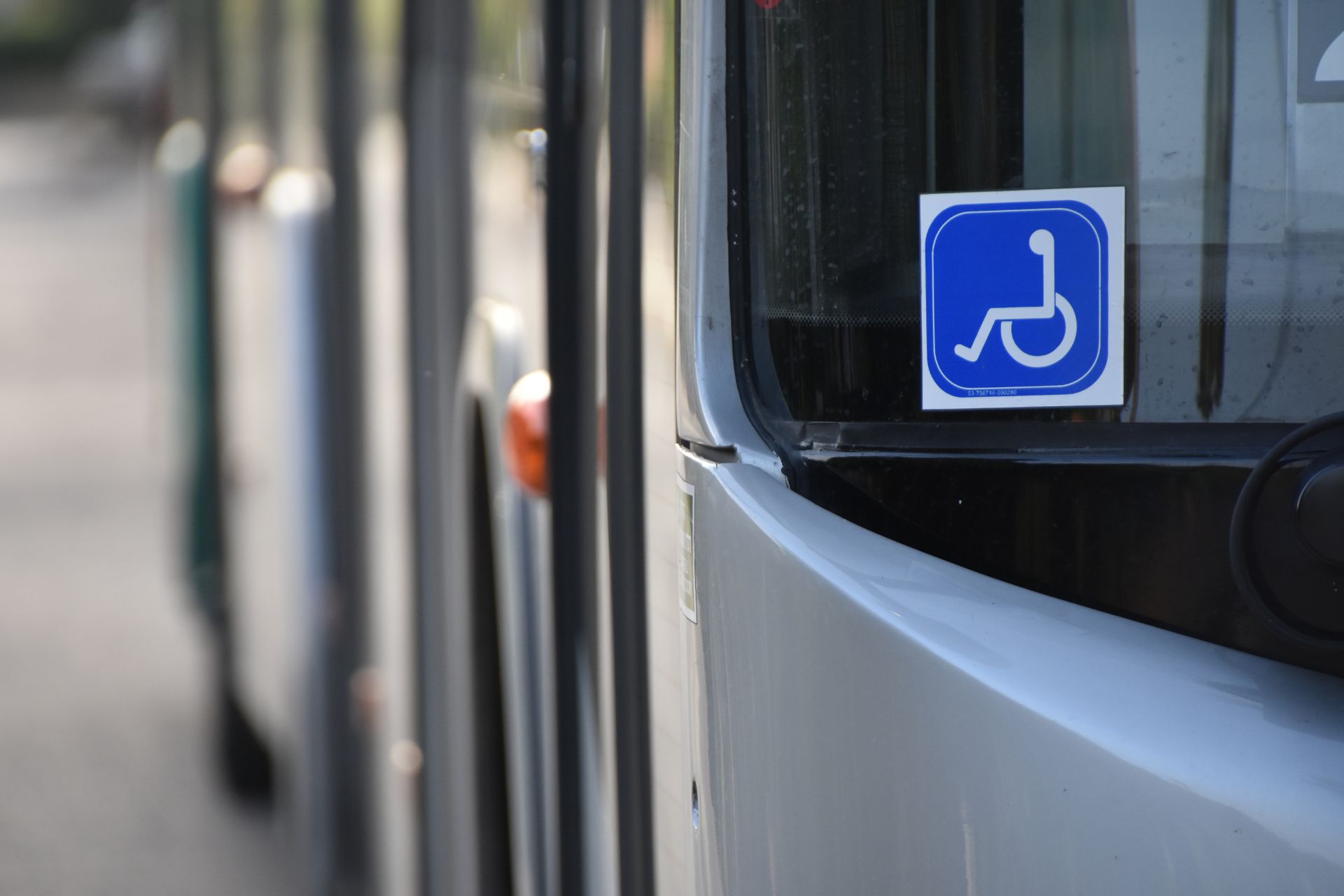It’s time to update the Universal Symbol for Access

The Universal Symbol for Access, also known as the International Symbol of Access (ISA), is a familiar icon representing accessibility for people with disabilities. It is commonly seen on signs, parking spaces, and various facilities worldwide. However, as society progresses and our understanding of inclusivity deepens, it is essential to reevaluate whether this symbol accurately reflects the needs and experiences of individuals with disabilities. In this blog post, I will explore why the Universal Symbol for Access should be updated to better represent the diverse range of disabilities and promote inclusivity.
Evolving Perceptions of Disability
The existing Universal Symbol for Access features a static figure confined to a wheelchair, which predominantly represents mobility impairments. While this symbol was undoubtedly a step forward when it was first introduced, it fails to encompass the vast array of disabilities that people may have. Disability is a diverse and multifaceted concept that encompasses sensory, cognitive, and invisible disabilities as well. An updated symbol would better reflect the reality of disability and challenge the prevailing stereotypes surrounding it.
Promoting Inclusivity
An updated symbol for access would serve as a visual reminder of the inclusivity and diversity we should strive for as a society. By broadening the representation beyond wheelchair users, we acknowledge the presence of individuals with various disabilities, encouraging a more inclusive mindset. People with sensory disabilities, cognitive impairments, or invisible disabilities often face unique barriers that are not adequately addressed by the current symbol. Updating it would be a significant step toward fostering empathy and understanding among the general public.
...






